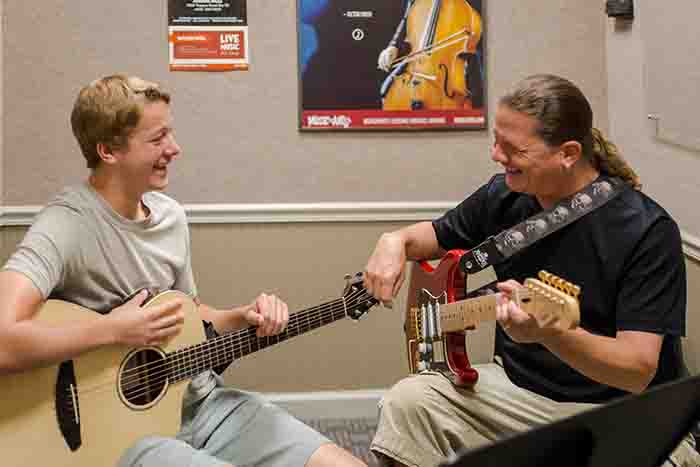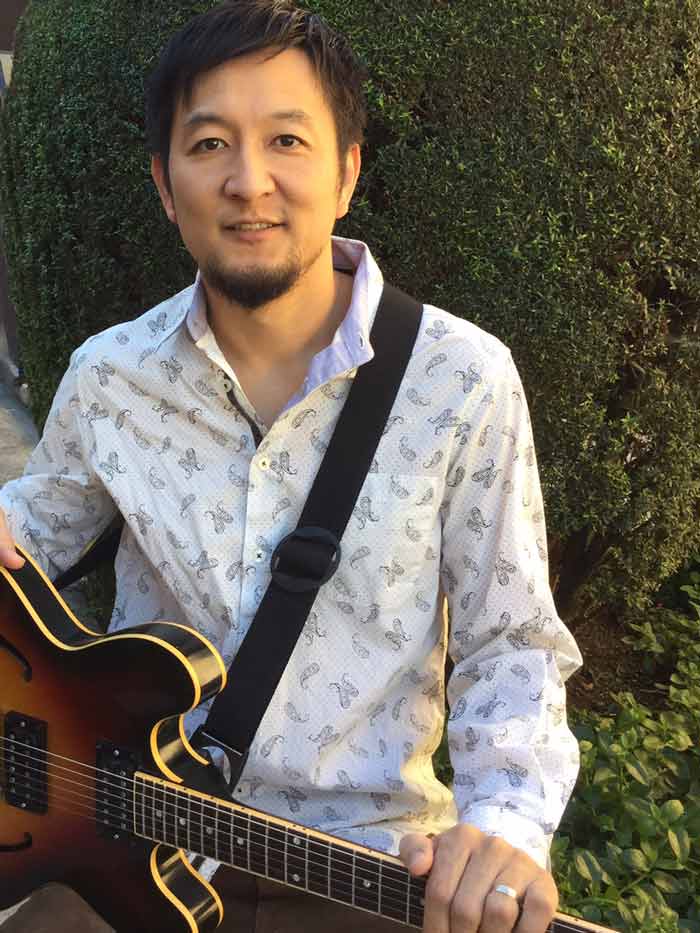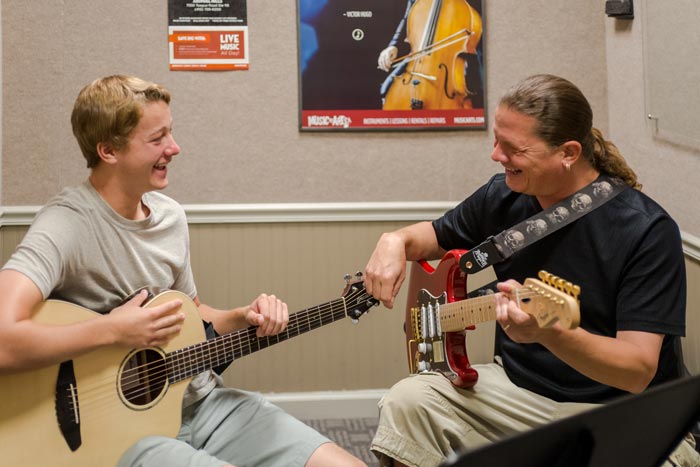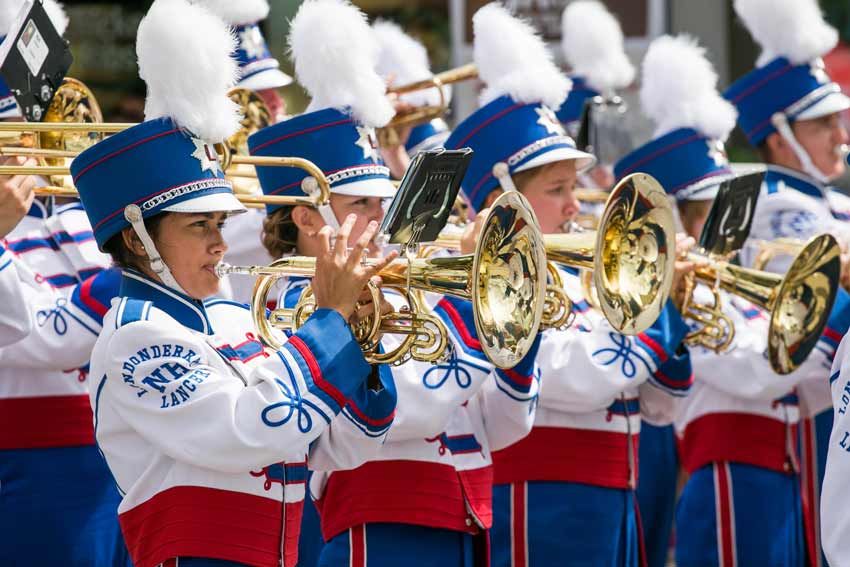May 13, 2015
Know Your Chicago Musical History Before Attending Midwest Clinic
A chorus of women singing at the city’s music hall was all the talk in 1876 Chicago. Only four years earlier the great fire had destroyed the business district and left over 100,000 people homeless. The attention paid to such news of women performing for the first time in public was emblematic of a town’s turn towards recovery and return to the trivial pursuits and news of the day. But the performance was just the beginning of the musical revolution that would take Chicago by storm for the next 100 years.
Chicago’s performing community in the 1870’s nurtured the next generation, supplementing mostly sparse incomes by teaching music lessons to the children of the wealthy. These new young and privileged players were influenced over the next decade by traveling soloists and opera companies from all over the world. Italian, Hungarian and German musicians made Chicago their home as some of the visitors stayed or came back to live in the now thriving city. Theodore Thomas was one such orchestra leader who first visited Chicago in 1869 and often returned to his now second home from 1872 until 1877 with a summer series of concerts featuring Beethoven , Gluck, Wagner and others.
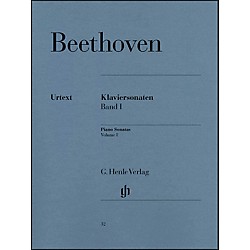

One musical critic in later years would say that Thomas was responsible for the real beginnings of musical education in Chicago. He began performing primarily in Chicago declaring it the only city in the world that could appreciate and would attend a constant flow of concerts given throughout the year. He opened the permanent Chicago Orchestra in 1891 to large audiences. Chicago historians say this was the beginning of “the golden age of symphony.”
The Chicago Orchestral Association
The advent of the Chicago Orchestra meant the formation of the Chicago Orchestral Association, a group of 50 of the top industrialists and wealthy Chicagoans who subsidized the company for a time but also drew the social clout and huge crowds needed for success. Music and music appreciation was embraced by the city government for the first time as they commissioned performances. Even with all of this political might now in the music scene, the powerful benefactors let Thomas run the company his way and he raised a grand auditorium as the orchestra’s home.
Music critics, now popular in the papers, discoursed daily on the operas and orchestra performances and the traveling bands that were playing the local theaters. Much to their disdain, the growing popularity of “light opera” gave way to full blown operettas with as much talking as singing. W.S. Gilbert and Arthur Sullivan were instant stars with their delightful mix of humor, music and storytelling.
As Chicago hit hard times in the last years of the century, Thomas and his newly formed Bureau of Music offered free concerts in public areas that were popular and well attended but the venues that charged money and had thrived, such as the Chicago Orchestra, suffered. Thomas’ outreach to the community was too late as his critic and popular bandleader John Philip Sousa was winning public and political support with his notions of musical education for everyone. His patriotic marching music was considered, ironically, pedestrian by Thomas’ old crowd but Sousa’s celebrity was more than Thomas could overcome and he resigned.
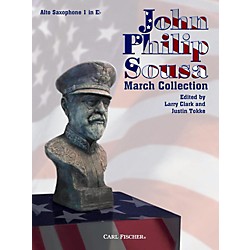

The Jazz Invasion
The story of the beginnings of jazz and blues in Chicago really starts in a 38-block district in New Orleans called, appropriately, Storyville, a “prohibition-free” area controlled by the early gangsters. It was the only place in America where musically talented freed slaves could make money playing their music. In Storyville, the enlightened could drink, smoke, gamble and listen to the music they loved. But the conservative city cleaned up in 1917 and Storyville was closed.
During the thriving years in Storyville, Chicago had developed a large underworld of gangsters and illegal enterprise providing alcohol, drugs, prostitution and gambling. Storyville was closed as national prohibition loomed. The migration to Chicago was under way and the city that local poet Carl Sandburg first called, “The Windy City” only a year before, became the new home to the rapidly developing sounds of jazz and blues. The new era had begun, and the city would never look back. Jazz and the blues were invented, innovated and inspired in the city. Other forms of music, past and present, were lifted with it as Chicago music, to include orchestra, big band, ragtime, doo-wop, Motown, rock and roll and even disco.
Just as the jazz invasion began, the first radio stations were established in Chicago. Many boycotted the new music, but the “speakeasies” filled with people and the sound of jazz. Merriment ensued, and the patrons fell in love with the likes of pianists Tony Jackson and Ferd La Menthe “Jelly Roll” Morton, both playing music no one had ever heard, transforming ragtime into what we know as jazz. Cornetists were generally soloists and bandleaders, such as Freddie Keppard, Manuel Perez, and especially Joseph “King” Oliver. They became so popular that the radio stations were forced to play the music eventually.
One of the first cornet players to be featured on recordings and then radio was a young Louis Armstrong. Armstrong and Earl Hines, a star pianist and bandleader cut many records along with select others in the late 1920’s that became legendary at first in the black community and now worldwide.
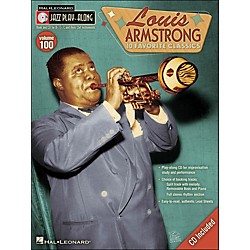

The opera houses and the Chicago Orchestra were venues for music but also for the socialization of the wealthy. The poor of the city had only traditional ethnic music and instruments at their disposal. That would change abruptly with the emancipation and the migration of the freed slaves to the northern cities where jobs could be found. African-influenced “slave music” was self-taught in the conditions of servitude and was full of sorrow and despair, but also with the small joys afforded them previous to their release. This music would be supplemented and then absorbed by the new freedom-inspired jazz and the blues, which would document the human condition of the poor and be their music for generations to come.
Blues: The Beginning
The blues comes from a different place. It was played in a different club in Chicago than jazz and probably on a different street. Dark clubs with seedy reputations, mostly frequented by the poor, enjoyed some of the very first blues greats and the development of the sound itself. Alberta Hunter, Cow Cow Davenport, and Blind Lemon Jefferson invented the Chicago blues and now, as the Great Depression set in, people related to the new sound and drowned their sorrows in it. It reflected their lives and to this day is a release for many of our lows just as jazz is to many a musical celebration of life.
Present Day Chicago
Chicago has been the home to great bands over the ages and has been at the forefront of each musical era in America’s history. Today, The Smashing Pumpkins, Rise Against, Wilco, OK Go and many other top bands hail from Chicago and the city has a thriving music scene featuring all types of music. The jazz in Chicago is still first class and featured in many venues. There is now a popular Chicago Jazz Orchestra. The blues can still be found in dark clubs, now filled with people less sorrowful in many cases and just enjoying a great Chicago tradition and some of the best music in the world.
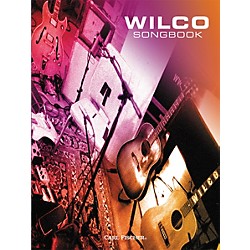

Theodore Thomas’ Chicago Orchestra still plays to the delight of symphony music fans and has done so under the fine direction of many famous and celebrated directors over the years. The music is still alive and well in Chicago as bands like the Chicago Jazz Band, the Bill Porter Orchestra and many more play the favorites at venues large and small all over Chicago.
John Philip Sousa’s dream of music education for all is a reality in Chicago and all over the United States as music is offered to kids at every level of public education and is proven to stimulate learning in other areas as well as early development. Music & Arts is a proud partner in this process and is dedicated to making that dream come true for every child that desires it. Quality, playability, and affordability are the promises we make to students every day as we supply many of the Chicago’s young musicians with the tools to learn and grow with one of Man’s greatest pursuits.
Music & Arts in Chicago
Music & Arts supports the Chicago music community with stores, clinics, awards and even an annual party. They host the DuPage Clinic each year for music educators where they can earn credits for continuing education requirements. Educational Sales Reps with deep roots in music and the Chicago scene service our school partners with expertise and care. They are musicians, so they are great listeners.
The two Music & Arts locations in the Chicago area are in Fox Valley (Naperville) and Itasca. Both carry a full line of instruments, accessories, music books, teaching aids and fun for every visitor, as a music store should be. Our staff members are mostly musicians and love what they do. They are helpful, knowledgeable and go out of their way to make every customer happy.
Both locations also offer repairs and instruction. Repairs are quick, won’t strain your budget and are unconditionally guaranteed. Instruction is on-site in the Music & Arts Studio and conducted by a highly qualified lesson instructor. We teach lessons in an environment with access to every aid and teaching tool, not to mention a full retail store full of items.
The Itasca store is home to the Pro Shop, a playing environment stocked with instruments to test while our specialists evaluate the growing band or orchestral musician and recommend the next instruments in their progression toward expert levels. It is also a clearance center for overstock instruments and accessories.
Music & Arts attends the annual music conference, Midwest Clinic, held since 1946 in Chicago (read more about our tradeshow schedule at www.MusicArts.com/Tradeshows). We close the event every year by hosting the Midwest Gala Reception, a world-class event with food, fanfare and, of course, exceptional music. At the Gala, we award the Music & Arts Music Educator of the Year annually to a teacher in a public or private school, kindergarten through college that make a difference in the advancement of music education. All music educators are invited to attend the party by RSVP’ing here and nominate their colleagues for the award here.
Blues great Robert Johnson famously called Chicago, “Sweet Home.” We call it home too and are proud of our city’s importance throughout the rich musical history of our nation. We love supporting the thriving music community in one of the greatest cities in the world and couldn’t think of a better music town in which to live and work.




